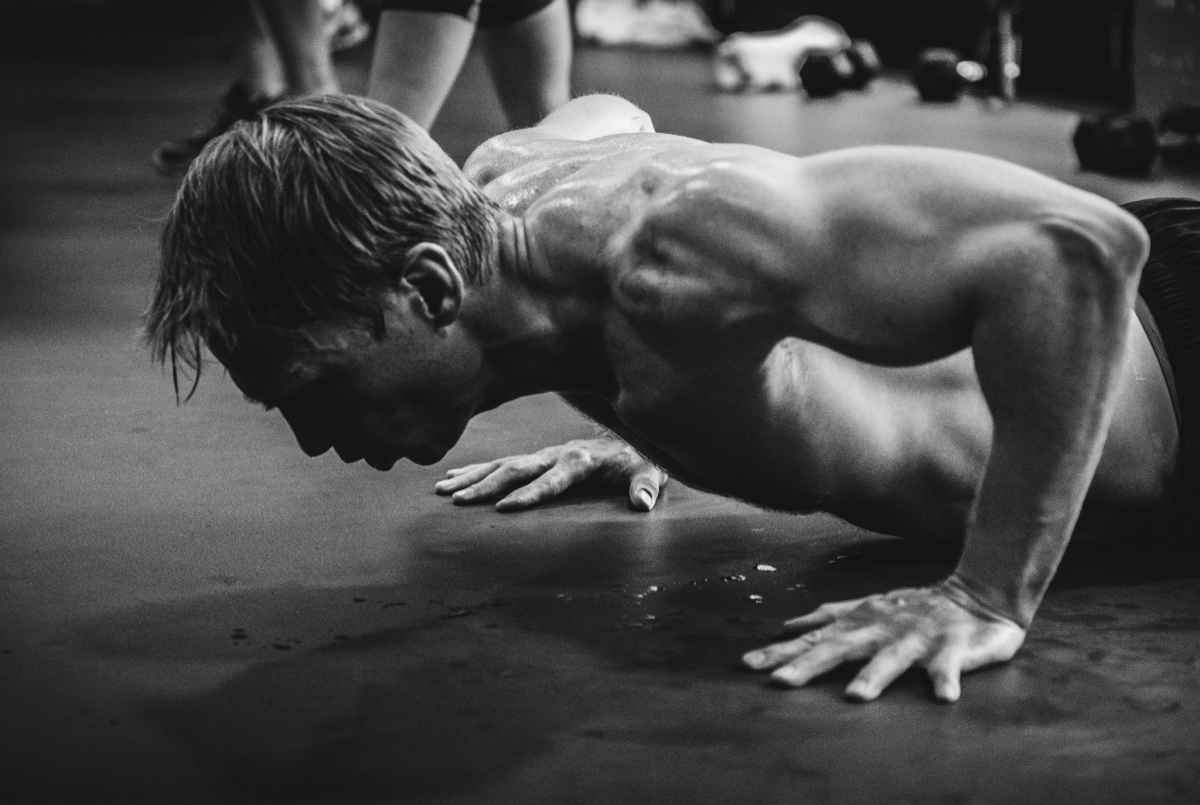Each fitness community embraces its own version of the term, and interpretations vary from how much you sweat, to how much you grunt and groan, to how big your muscles are, to whether or not a workout forces an athlete to vomit. Heart rate monitors, scales, BMI results; they’re all correlates, indeed, but they are weak correlates at best. The reason they’re not great indicators of our intensity level is that there are so many different variables that can impact them. Stress, sleep, relationships, diet, anxiety, and even something so simple as the caffeine in a cup of coffee can immediately begin to impact many of the correlates listed above, skewing the information you hope to take from the results.
Intensity is one of the most nebulous and misunderstood concepts in fitness. It also happens to be critical and central to this program.
What then, can we do to wrap our heads around the concept of intensity?
Let’s start with an example most of us can easily roll with – a jog on Saturday morning. Let’s imagine it’s your standard 1-mile course that you always run, and lets say that on this particular morning, you run it at a casual pace, crossing the finish line at around eleven minutes. Think about what your symptoms might be at the moment you crossed the line – perhaps you’ve got a light sweat going, you might be breathing a little harder than normal, legs feel warm, arms are a little fatigued. Consider this effort a kind of reference point for all others in this example.
The following Saturday, you line up to run the same route, except this time you’re feeling particularly fired up and run a little more aggressively, crossing the finish line in 9:30, a full ninety seconds faster than the previous week. Now consider what your symptoms are. In fact, they’re probably very similar to the previous week, only amplified. Now you’re really sweating, your legs are much heavier and more exhausted, your arms are limp at your sides.
Finally, a third go at your 1-mile run, a full blow time-trial. You crush both your previous times, crossing the finish line at 8 minutes flat, and you practically collapse on the grass. For the next two days, you’ve got a little “track hack”, coughing each time you take a deep breath, your legs are full blows sore when you wake up the next morning, the veins in your arms are pumped up. And what’s more – the thought of running an 11-minute mile is borderline laughable now.
So what’s the point?
The point is that on all three runs, you carried the same force (your body weight), the same distance (1 mile), changing only the amount of time it took you to do it. The more work we do, and the less time we do it in – this is intensity.
If we know the force, distance, and time associated with your workout, we can quantify your effort basing it on irrefutable fact, comparing it directly to other comparable efforts, actually measuring whether you’re bringing more or less intensity to your training each day.
This idea is applicable across the board so long as we know our three variables. Squat more reps tomorrow than yesterday? You were more intense. Complete five rounds of your workout in twenty minutes today, where you were only able to complete four rounds in previous attempts? You were more intense (and you’re irrefutably fitter than before).
In the end, intensity isn’t about how you look, what you feel about your workouts, or how much you grunt and groan. It’s about the effort you put into your training. Intensity is the variable you can control which has the ability to increase or decrease the pace at which you experience all the positive results you want out of your training. And this is a beautifully simple thing to consider. Because what I’m saying is that in the end, all you need to do to achieve the results you desire, is bring more intensity, day in and day out, to your training. Do this, and enjoy the fruits of your labor.
Tyler Quinn
Tyler Quinn is a coach and founder of Alchemy and Union Fitness. In his spare time he enjoys reading, hockey, jiu jitsu, and gun slinging.
Tyler Quinn
Tyler Quinn is a coach and founder of Alchemy and Union Fitness. In his spare time he enjoys reading, hockey, jiu jitsu, and gun slinging.


